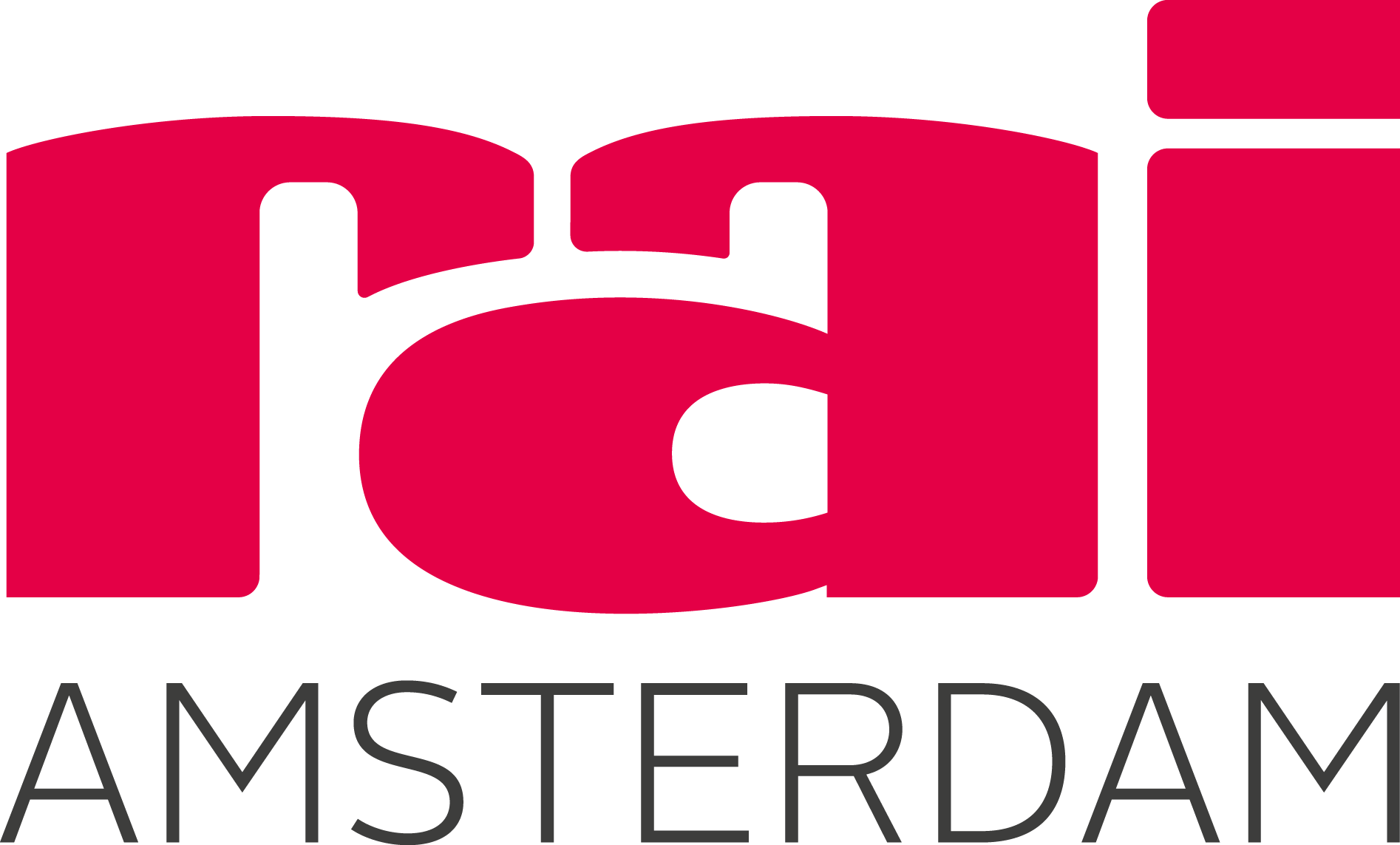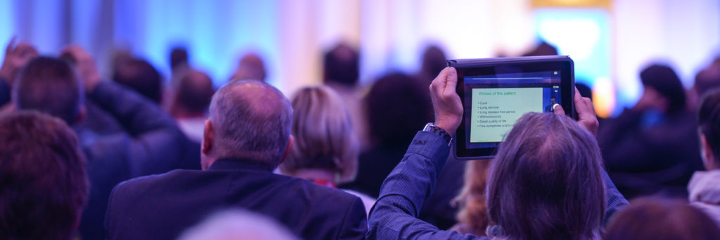Are you selling square metres or success?
Surface area is simply a way of creating value. So why do we still charge for square metres used on our invoices and not for ROI? What can you as an organiser do right now to boost the value of an event together with the venue, exhibitors and visitors?
The value visitors and exhibitors receive from a trade exhibition consists of four components: business, networking, knowledge and fun. The available surface area is a means to this end. Organisers rent a space, enhance it with stands, content and marketing, and rent it onwards to exhibitors.
This is a simple and clear model, proven in practice. And yet it’s starting to show its limitations. After all, technology offers us the opportunity to increase all value factors (business, networking, knowledge and fun) without changing anything in the number of square metres used. The same technology also makes it possible to measure value creation: for instance, by keeping track of the number of quality leads that visit a stand, or the number of follow-up agreements made, or the number of people who check out the exhibitor’s website after a visit to the exhibition. Everything is quantifiable – so why not charge in these terms?
How do we quantify value?
Charging for value on our invoices may be possible but it is not yet common practice, and I understand why: metres are an objective figure, value is not (at least not yet). Were the leads produced by the efforts of the organiser or due to the exhibitor’s marketing? And what makes a lead valuable? Who decides these things? It will take many more discussions in the market before we are ready for a radically new business model. Fortunately, however, this does not prevent all those involved from creating new value.
How do we create value?
Organisers facilitate matchmaking and bring interested visitors and exhibitors in contact with each other. Indoor navigation makes it possible to direct visitors along a route based on their interests and to point out interesting partners. In certain conditions, exhibitors have access to data from visitors who visit their stand. Organisers therefore increase value for all those involved. Although it may not be specified on the invoice, it does ensure that the event remains relevant.
Organisers arrange appointments
RAI Amsterdam took part in this year’s IMEX America in Las Vegas under the auspices of the Holland Pavilion. Together with the organisers, the exhibitors selected potential quality contacts and offered them a full programme. The partners of the Holland Pavilion each therefore had some 10 to 12 qualified appointments. This resulted in a valuable combination of quality (the qualified leads) and quantity (the thousands of visitors and chance encounters). And that’s worth quite a bit!
Extending the duration of contacts is also important. An event is the high-point of a community that is active throughout the year and where business, networking, knowledge exchange and fun can continue all year round. Proper facilitating of such a community can be of great value to all those involved.
Organisers and exhibitors working together
Developments are occurring at a rapid pace. Physical meetings continue to be important, but the demands that people have of these meetings are increasing. There are opportunities in this. Organisers and exhibitors each have a role to play, as does the venue. We have a common goal: to create as much value as possible. That is necessary: we must continue to innovate and always keep an eye on what matters: business, networking, knowledge and fun. This can be achieved by working together. At the same time, everyone is responsible for their own success: an organiser can set up a shot, but it’s still up to exhibitors to put the ball in the net.
Always innovate
In a world that is changing so rapidly, events cannot afford to look the same every year. The Amsterdam Convention & Security Expo (the successor to Safety Security Amsterdam) offers us a fine example of an innovative approach. This year the organisers introduced a completely new design founded on scenario-based programming. The content of the programme revolved around an exciting scenario which gave decision-makers the opportunity to talk about security issues without revealing their business secrets. This is a radically different way to set up a programme which addresses the needs of today. It gave fresh energy to the event and attracted new visitors from a higher level, offering new opportunities for exhibitors. That is value creation.

